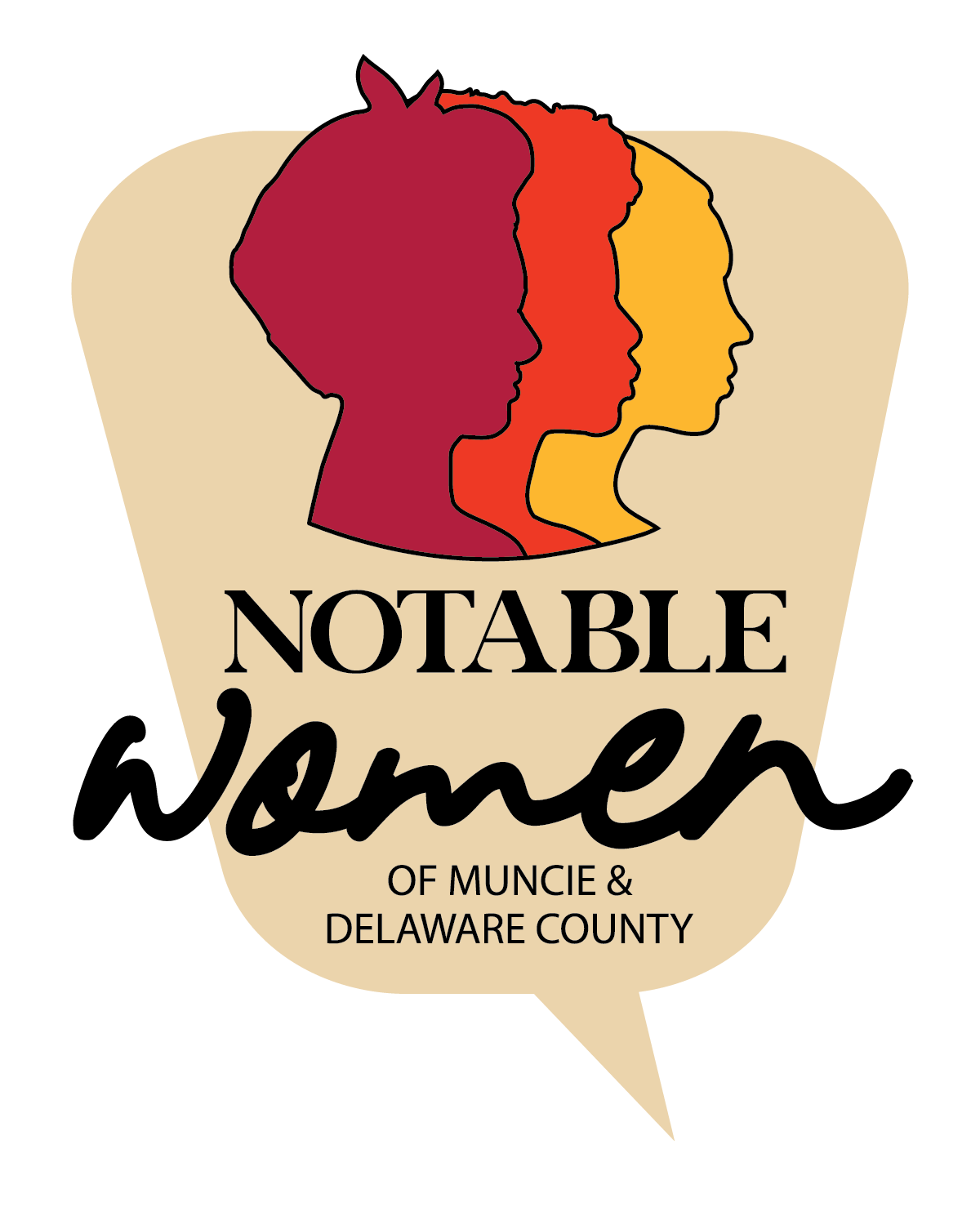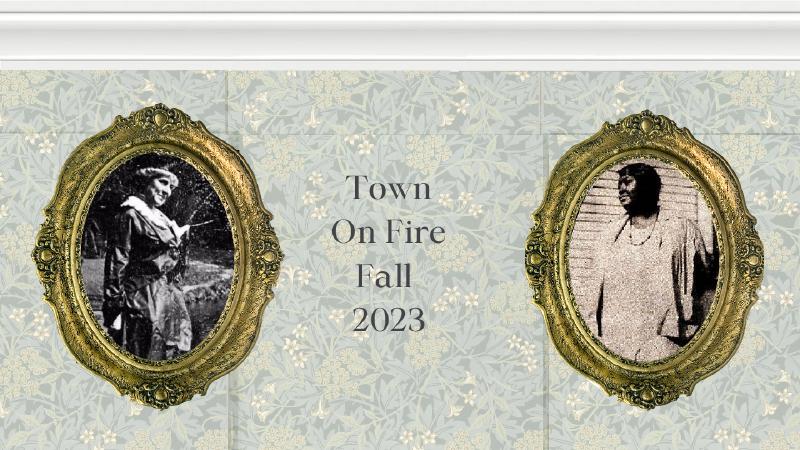Introduction
The Town On Fire exhibits are designed to showcase original historical research by student-historians. Each project starts with a single primary source. Inevitably, questions follow that are a mix of demographic, personal, and contextual. We always want to know more than the sources allow. Rarely do we hear from these women in their own words. More often we find institutional or media sources that narrate their lives without their input. These sources tell us a lot about the culture that they lived in, but little about how these women thought. Sometimes it leave historians wanting more.
Projects like these are exciting. They bring together student-historians from different backgrounds with diverse skills and expectations. Each project is surprising and no one knows precisely where it will lead. Because of that uncertain quality, each group of women chosen includes a variety of races, classes, religions, and occupations. This makes it difficult to provide a well-rounded commentary on the group. Instead, the exhibit often discusses the challenges that primary sources present or the historiography that explains this time and place. Often we know more about the broad strokes of the past than individual lives.
Ironically, the period that these exhibits explore, from 1870 to 1920 CE, experienced a burst of documentation. Newspapers and city directories appeared more frequently, birth and death certificates were required, and fire insurance maps tracked growing cities. These primary sources are available to the public online and in local and state libraries. Hopefully, these projects will raise greater awareness of best historical practices, in addition to the women who have captured our imaginations. Enjoy these projects. Learn more about the past. Be historians.
Each page in this exhibit profiles a single woman or a group of women through evidence-based research. Watch the biography video to discover more about their lives, and then watch the methodology video to discover how student-historians brought this knowledge to light. Muncie hosted a great diversity of women, who worked, loved, and were remembered long after they died, especially through histories like these.

